-
×
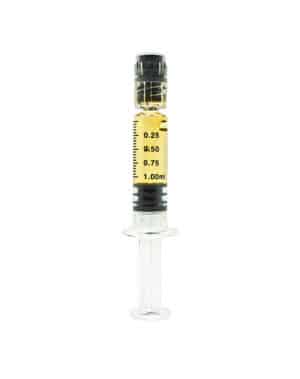 Delta 8 THC Distillate Syringe
2 × $29.99
Delta 8 THC Distillate Syringe
2 × $29.99 -
 Delta 8 THC Vape Cartridge
Delta 8 THC Vape Cartridge
$29.99$19.99 -
 Delta 8 Gummies
$29.99
Delta 8 Gummies
$29.99
You're $39.02 away from FREE SHIPPING! Try these best sellers:
In the ever-evolving landscape of agriculture and industry, hemp has emerged as a crop of significant interest and potential. However, recent trends have shown a surprising turn in the current state of hemp farming and hemp production, with a notable decrease in the acreage of hemp grown across the nation.
This article aims to shed light on the multifaceted reasons behind this decline, ranging from the strategic shift of hemp farmers towards fiber production, to the complexities and uncertainties in regulatory environments. Additionally, we will explore the inherent efficiency of the hemp plant, which contributes to its longevity and impacts the frequency of cultivation.
Beyond these factors, the article will delve into the broader implications and diverse applications of hemp, highlighting its versatility and potential in various sectors beyond just cannabinoid production. As we navigate through these aspects, we aim to provide a nuanced understanding of the current state of hemp production and its future trajectory in the US market.
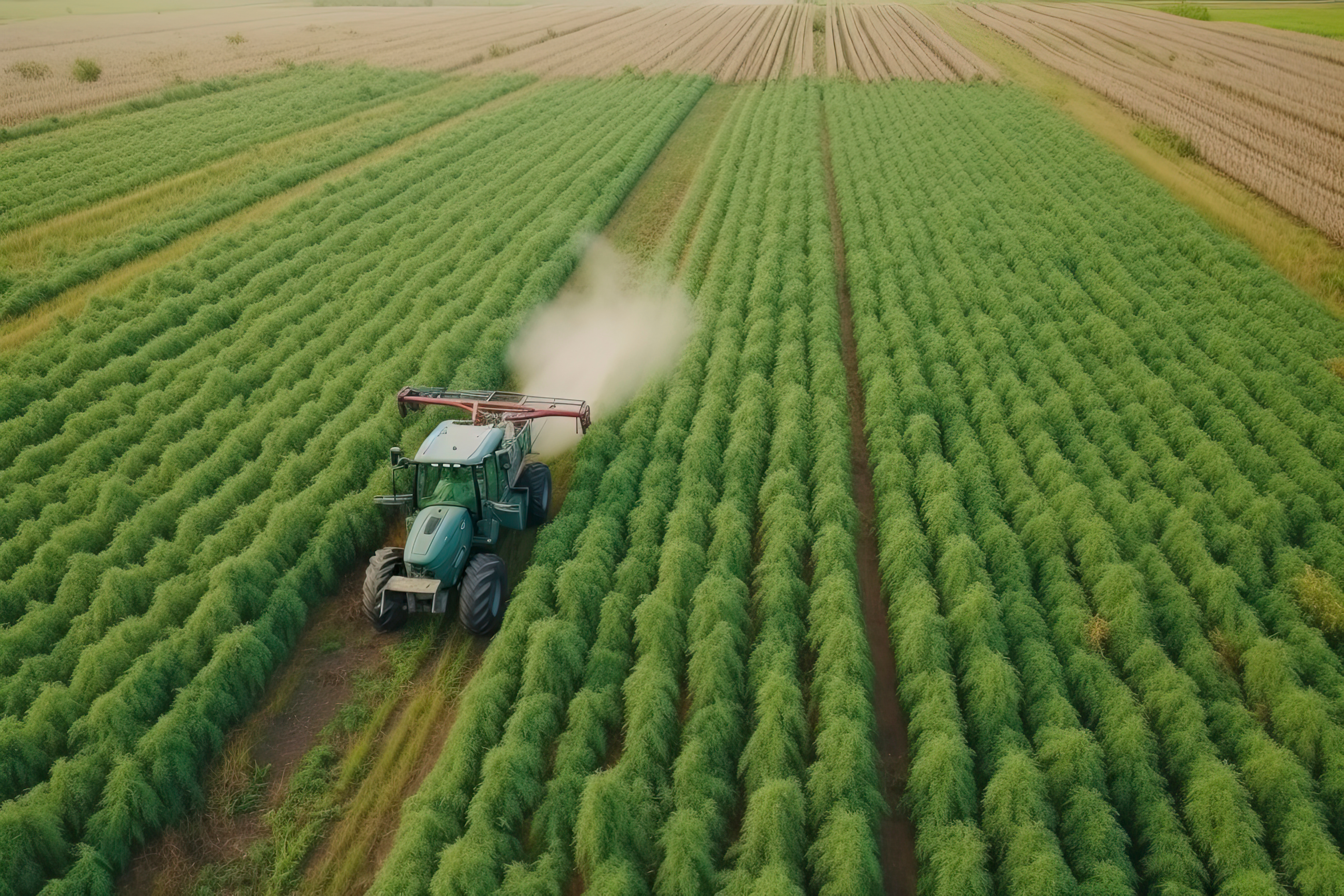
As we delve into the intricacies of the hemp industry, it’s crucial to understand the dynamics that have shaped the current landscape of hemp plants and industrial hemp production. This section will explore the factors influencing the trends in growing hemp, examining how changes in hemp crop cultivation have impacted the overall approach to grow industrial hemp.
We will also consider the role of the Department of Agriculture in regulating and supporting domestic production. This exploration aims to provide a comprehensive overview of the hemp growing industry, setting the stage for a deeper analysis of the recent data and trends that are reshaping this sector.
The hemp industry has experienced a significant shift, with a nearly 50% reduction in the amount of hemp crops planted in the U.S. from 2021 to 2022.
According to a Congressional Research Service report, the acreage dedicated to hemp fell from 54,152 acres in 2021 to 28,314 acres in 2022.
This dramatic decrease reflects a broader trend in the industry, with the farm-level value of total utilized hemp production dropping from $824 million in 2021 to $238.4 million in 2022, a 71% reduction in value.
The decline in hemp production is evident across various categories. The value of hemp grown outdoors for flower plummeted by 71% from $623 million in 2021 to $179 million in 2022.
Similarly, the value of hemp grown indoors for flower decreased by 62%, from $64.4 million to $24.7 million.
The value of hemp grown outdoors for grain fell by 40%, from $6 million to $3.6 million, while hemp fiber value decreased by 32%, from $41.4 million to $28.3 million.
Notably, hemp grown outdoors for seed experienced a staggering 96% decrease in value, from $41.5 million to just $1.5 million.
The USDA estimates that about 20% of hemp grown during the crop year will exceed legal THC limits, highlighting the risks to farmers of growing hemp within the current regulatory framework. These rules could be a significant factor in the year-over-year crop reduction.
The 2018 Farm Bill outlined that hemp plants and hemp products could not contain more than 0.3% Delta 9 THC (the main psychoactive compound in cannabis plants). So if a farmer wants to grow hemp and has male plants turn into female plants, then he has a batch of marijuana, not hemp.
Just like that, he’s violated federal law and the 2018 Farm Bill, and will have to scratch that whole yield of male and female plants.
But now that hemp is seeing a slowdown in production, hemp growers might not have to worry about the risk of female flowers and other hemp types. They might switch to hemp seed and hemp fibers, avoiding anything that could be considered controlled substances.
It will be interesting to see what the FDA, as well as Drug Enforcement Administration does with regards to industrial hemp production with the production economics being where they’re currently at.
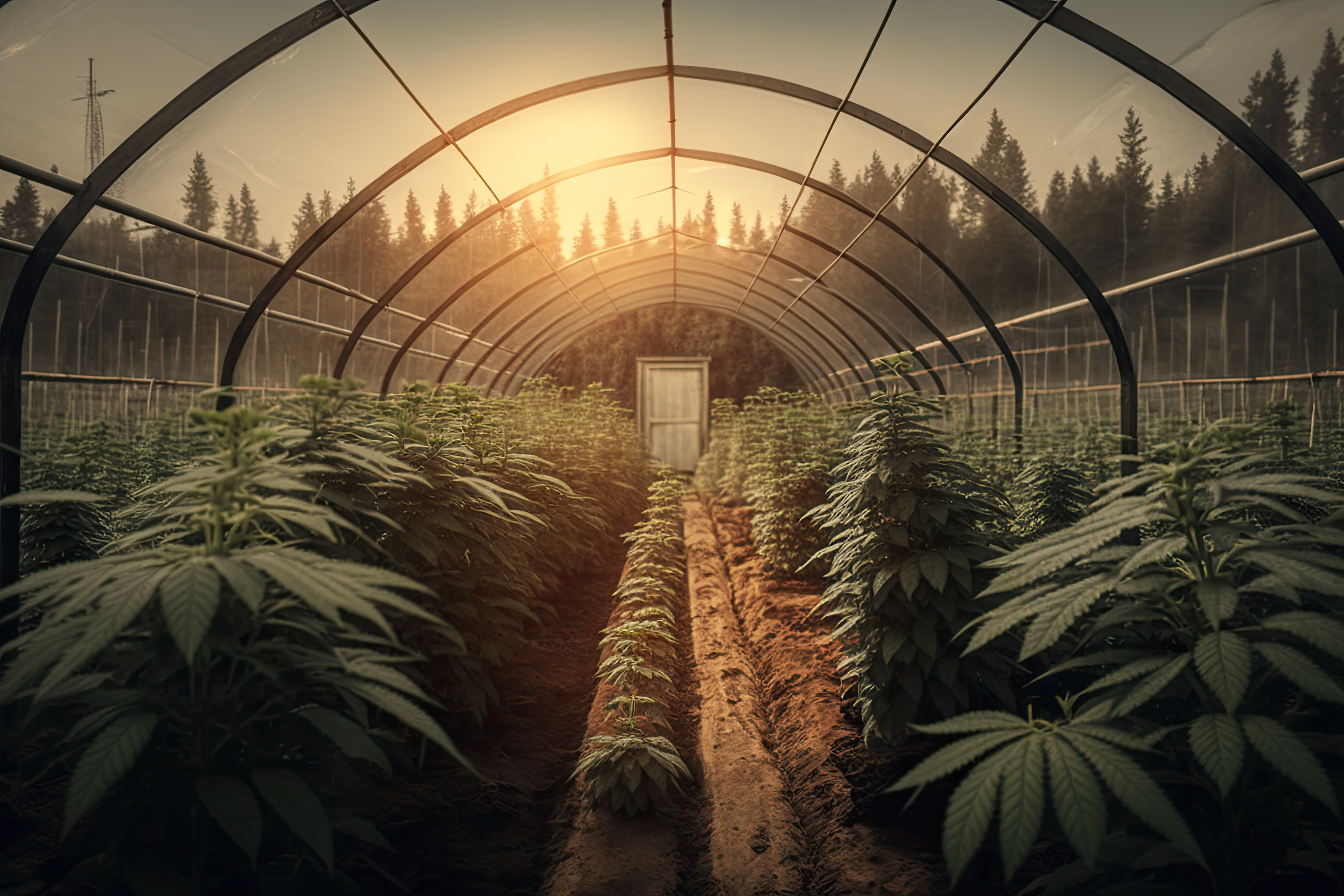
As we look towards the future of hemp production, it’s clear that the industry is at a pivotal point. The challenges and shifts we’ve seen in recent years are setting the stage for significant changes and innovations. This section will explore the emerging trends, policy developments, and market adaptations that are shaping the future of hemp growing and hemp production.
The global hemp industry is experiencing transformative growth, driven by innovative trends and market demands.
The market is projected to expand from $1.8 billion in 2023 to an impressive $16.2 billion by 2033.
This growth is fueled by the legalization of CBD and cannabis in North America, increasing awareness of CBD benefits, and the rising popularity of eco-friendly products. The hemp fiber market, in particular, is emerging as a lucrative opportunity for growers, given its strong demand in textiles, pulp and paper, and composite materials.
Additionally, the industrial hemp market is diversifying into areas like pharmaceuticals, with hemp seeds and oils being increasingly used for their nutritional content in personal care products.
Hemp advocates are playing a crucial role in shaping policies that support the hemp industry. The Department of Agriculture and the Natural Resources Conservation Service are key players in this arena, working towards regulations that favor hemp production and planting hemp.
Policy changes, particularly those related to the Farm Bill, are expected to have a significant impact on the industry, potentially leading to increased hemp cultivation and more stable supply chains.
Hemp producers are adapting to these changes by exploring new varieties of Cannabis sativa and innovative methods of producing hemp. The focus is shifting towards creating high-quality hemp flowers and hemp seeds, catering to the growing demand for both industrial and consumer products.
Technological advancements are enabling more efficient and sustainable practices in hemp growing, enhancing the overall quality and potency of hemp products. As the market evolves, hemp producers are poised to capitalize on these trends, driving the future growth of the hemp industry.
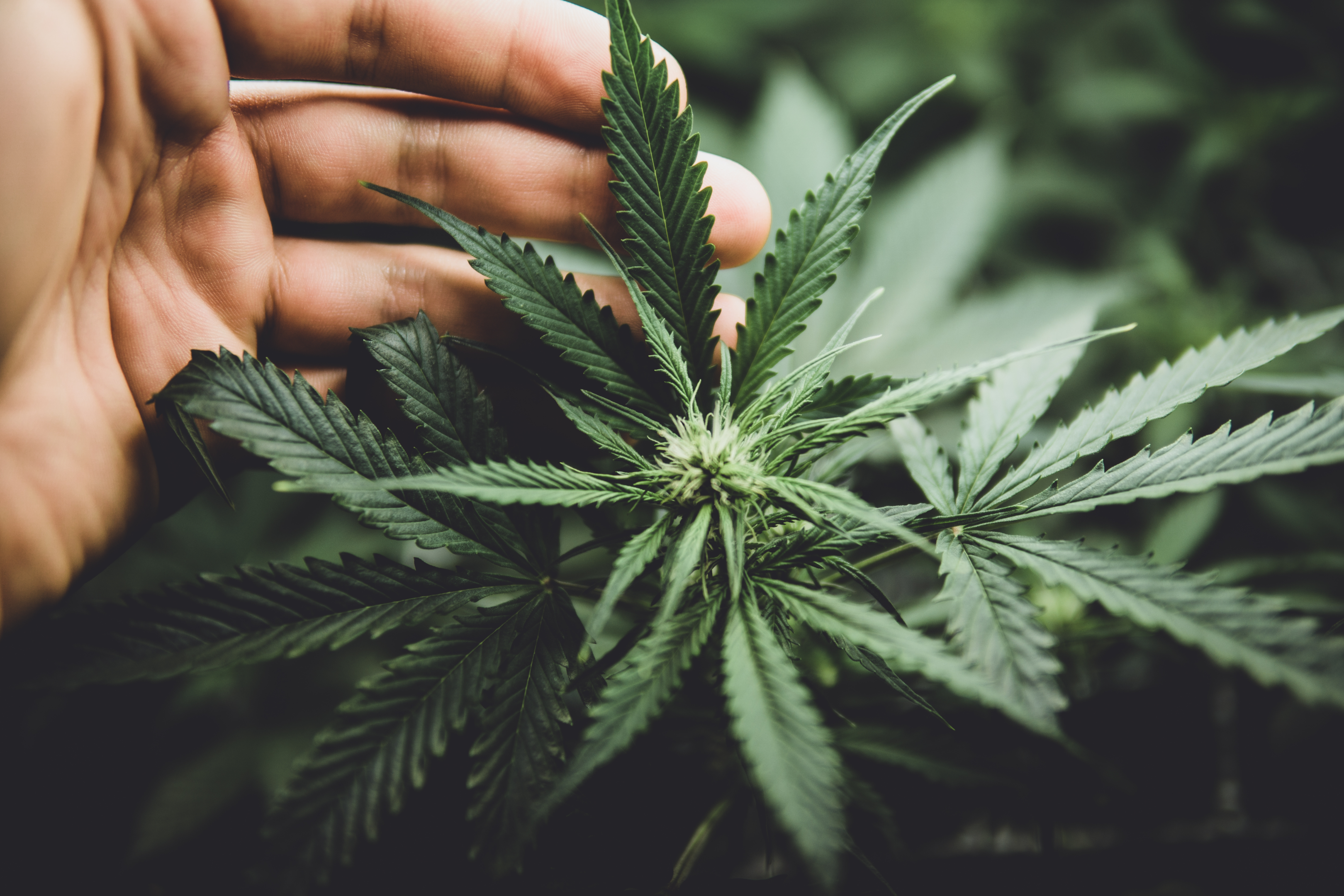
The versatility of the hemp plant extends far beyond its well-known applications in CBD production and the cannabis market. Industrial hemp is increasingly recognized for its wide range of uses in everyday life, many of which contribute to sustainable living and environmental conservation.
One of the most significant uses of industrial hemp is in the production of building materials. Hemp fibers, derived from the stalks of hemp plants, are used to create a lightweight, durable, and eco-friendly alternative to traditional construction materials.
Hempcrete, a mixture of hemp fibers and lime, serves as excellent concrete additives. It is not only sustainable but also provides natural insulation, regulating temperature and humidity in buildings. This application of hemp aligns with the goals of the Environmental Quality Incentives Program, which encourages agricultural practices that protect the environment.
Furthermore, the hemp plant is a valuable fiber crop used in the textile industry. Hemp fibers are stronger and more durable than cotton, making them ideal for clothing and upholstery. The seeds of the hemp plant, known as hemp seed, are a nutritious dietary supplement. Rich in protein, fatty acids, and minerals, they can be consumed directly or used to produce hemp seed oil, which is gaining popularity as a health supplement and as an ingredient in skincare products.
Additionally, parts of the hemp plant can be used in animal feed, providing a sustainable and nutritious option for livestock. The cultivation of hemp for these industrial purposes is relatively straightforward, as grow hemp practices are adaptable to various climates and soil types. Both male and female plants are utilized, making hemp a highly efficient crop.
The realm of industrial hemp is not just limited to fiber and CBD; it’s also making significant strides in grain production and seed production. These sectors represent a growing segment of the hemp industry, offering new opportunities for hemp producers and contributing to the diversification of agricultural portfolios.
Grain production in the context of industrial hemp primarily revolves around the seeds of the hemp plant. Unlike the CBD-focused cultivation, which prioritizes the flowers, grain production focuses on the seeds, known for their nutritional value and versatility.
Hemp seeds are a rich source of protein, essential fatty acids, and other nutrients, making them a valuable addition to the health food market. The process of growing hemp for grain is similar to that of other grain crops, requiring careful planning and execution to ensure a high-yield harvest.
The expansion into seed production also opens up new avenues for hemp producers. These seeds are not just for culinary use; they are also essential for the propagation of future hemp crops. As the demand for hemp products continues to grow, the need for high-quality seeds increases.
This demand has led to the development of specialized processing facilities dedicated to the cleaning, sorting, and packaging of hemp seeds. These facilities are crucial in maintaining the quality and viability of the seeds, ensuring that farmers have access to the best possible inputs for their hemp crops.
Furthermore, the involvement in grain and seed production aligns with programs like the Environmental Quality Incentives Program. This program supports agricultural practices that promote environmental health and sustainability. Hemp’s minimal need for pesticides and its ability to improve soil health make it an ideal crop for such programs, further encouraging farmers to grow hemp.
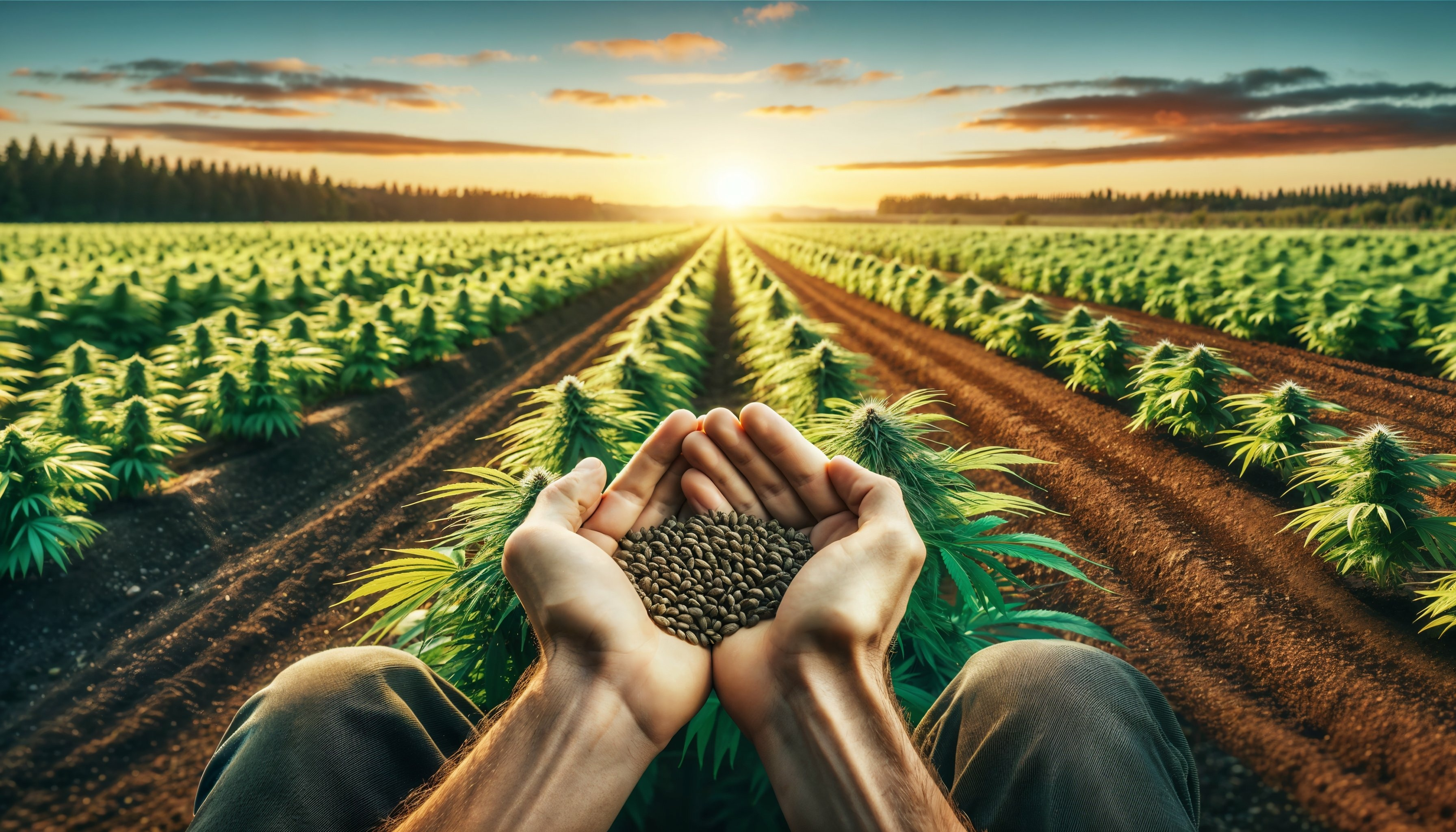
As we reflect on the journey and potential of industrial hemp, it’s clear that this versatile plant is much more than just a source for CBD oil and CBD production. The myriad uses of hemp plants in various sectors, from sustainable building materials to nutritious food products, highlight the plant’s incredible adaptability and potential.
The shift in focus towards growing hemp for diverse purposes, including grain and seed production, is a testament to the plant’s versatility and the ingenuity of those in the hemp industry.
The role of farm programs in supporting and advancing the cultivation of industrial hemp cannot be overstated. These programs not only provide vital resources and guidance to farmers looking to grow hemp but also play a crucial role in shaping sustainable and environmentally friendly agricultural practices.
As the hemp industry continues to evolve, these farm programs will be instrumental in fostering innovation and ensuring the growth of the industry is aligned with ecological and economic sustainability.
The future of industrial hemp is bright and full of possibilities. As we continue to discover new applications and improve cultivation and processing techniques, hemp plants will undoubtedly play a significant role in various industries.
From CBD production to creating eco-friendly products, industrial hemp stands as a beacon of versatility, sustainability, and innovation in the modern agricultural landscape.
To stay updated on all things cannabis and 3CHI, sign up for our newsletter here!
P.S. When you do, you get 5% off your first order and a free pack of gummies!